Real bedstraw is known by various names. These include weeds, limbs, Liebfrauenbettstroh, yellow forest straw and yellow bedstraw. The herb is still used today in various areas.
Occurrence & cultivation of the real bedstraw

They are arranged in paniculate inflorescences and give off a honey-like scent. It is a bee forage plant. The crown has the shape of a wheel, while its end is pointed. The flowering time of the plant is between May and September, whereby it can be found mainly in Eurasia. It is particularly common on poor lawns and pastures, trails, bushes and moor meadows.
West of the Weser, the herb is rarely found in the lowlands, although it is scattered to the east. In the Alps, on the other hand, it can be found up to the limit of arable farming. Mostly calcareous, dry and nutrient-poor loess or clay soils are settled.
Effect & application
The gallium species contain the so-called rennet. This is used to precipitate the milk protein in cheese production. Some types of cheese still use the ferment of the bedstraw, while other types of rennet use other sources of rennet. English Chester cheese, for example, is still made with bedstraw to this day. The flower coloring gives the cheese its orange-yellow color and is responsible for the unmistakable taste.
In addition, the real bedstraw is still used as a dye in Scotland. The flowers turn yellow while the roots contain a red dye. The plant is also suitable for coloring and flavoring beverages. Bedstraw is also used in the cultivation of a wild plant garden. It serves here as an ornamental plant and can be propagated through runners. In the past, the fragrant plants were used as mattress hay or in coffins. The fruits can even be roasted as a coffee substitute.
In the kitchen, bedstraw is used in salads or pan-fried vegetables. The flowers and seeds are processed, but also young shoots. The flowers are also often used for decoration on salads. In addition, the herb is used in folk medicine. It contains flavonoids, chlorogenic acids, traces of anthraquinone derivatives and iridoid glycosides. In addition, the freshly harvested herb also contains milk-curdling proteins and essential oils.
Although bedstraw is rather unknown as a medicinal plant, it does a good job in this area. The plant is used in particular for the skin and digestion. The flowering herb, which can be used as fresh juice on the one hand and in dried form to make tea on the other, is used in particular. Both the juice and the tea can be used externally or internally. In addition to the real bedstraw, there is also that Burdock weed Use, whereby a higher healing power is ascribed to the real bedstraw. Meadow rennet, on the other hand, hardly has any healing properties, but can also be used initially in an emergency.
Importance for health, treatment & prevention
The herb's health effects are far reaching. Bedstraw has various positive effects on the human body and mind. As a rule, the fresh plant should be used as it loses some of its active ingredients when dried. In folk medicine, the herb is recommended for nervous disorders, urine retention, semolina and various stone ailments. It should also help against epilepsy and hysteria. It was already used in ancient Greece and Rome against poisoning caused by snake and spider bites.
Hippocrates and Dioscurides already used the herb as a medicinal plant and in the early modern times bedstraw was also touted as a medicinal product by the botanist and doctor Hieronymus Bock. Gargling with bedstraw tea is also said to be effective against goiter. It also has a cleansing effect on the kidneys, pancreas, liver and spleen. It is also recommended against side stitches and bleaching. The tea is also said to help against wounds, boils, blackheads and skin diseases.
Apart from that, it was also used in folk medicine for earache. When processed into an ointment, bedstraw can also be used against aging skin. Homeopathy uses bedstraw for different areas of the skin and mucous membranes as well as for the urinary tract. In incense mixtures it is said to drive away nervousness and tiredness and to have an aphrodisiac and antispasmodic effect. Occasionally bedstraw is also used against poorly healing wounds.
As a poultice, it can help to close wounds, but it can also be used against swelling. The herb has antispasmodic, expectorant, nerve-calming, diuretic and blood-purifying properties. Due to its antiviral and antibacterial effects, it is also used for inflammation. Apart from that, it is stone-loosening and, according to recent research, is also said to be anti-cancerous.
The effect of extracts in cancer therapy is being researched at the Würzburg University. So far, no side effects of the herb are known, which is why it can be used in moderation against various ailments without hesitation. There are no precise dosage instructions. If you are unsure, you should still seek advice from an alternative practitioner or doctor.

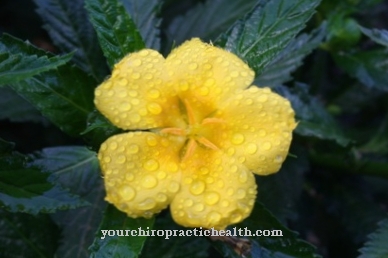
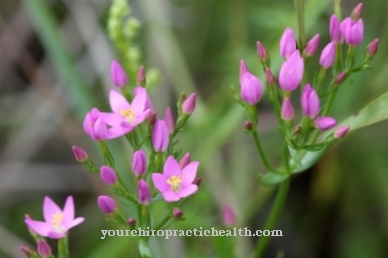
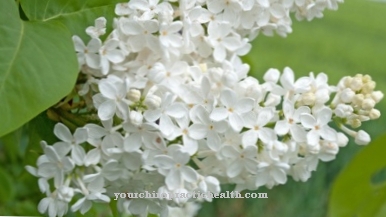
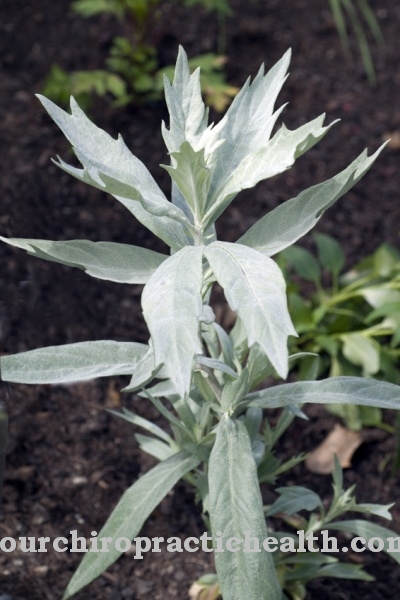
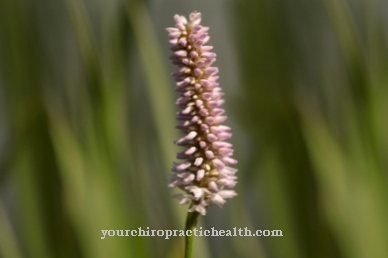


















.jpg)



